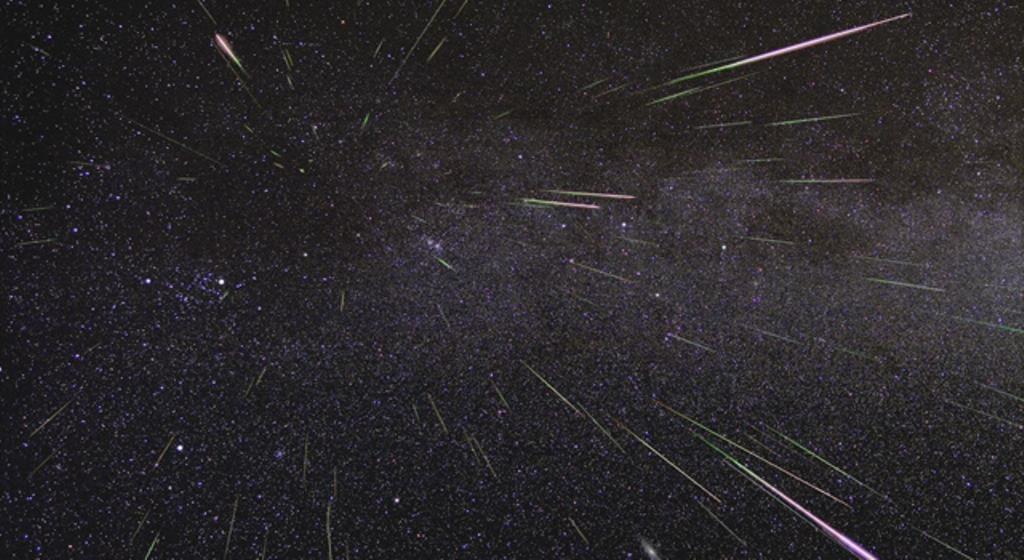
Qatar Skies To Light Up With Orionid Meteor Shower On Tuesday
Doha, Qatar: The Qatar Calendar House has announced that residents of the State of Qatar will be able to see and observe this year's Orionid meteor shower, which will peak on the evening of Tuesday, Rabi' al-Thani 29, 1447 AH, corresponding to Oct. 21, 2025 AD, and will continue until dawn on Wednesday, Oct. 22.
Astronomy expert at Qatar Calendar House, Dr. Bashir Marzouq said the Orionid meteor shower is an important astronomical phenomenon, as it is active annually from Oct. 2-Nov. 2 and reaches its peak on Oct. 21st.
The Orionid meteor shower is a unique meteor shower, with an estimated rate of about 30 meteors per hour when it reaches its peak, according to meteorologists specializing in meteor observation.
What distinguishes meteor showers is that observing them requires only a location far from environmental and light pollution. Therefore, residents of the State of Qatar will be able to observe and see the Orionid meteor shower without the need for astronomical devices or telescopes.
They can be seen and observed with the naked eye towards the eastern horizon of the sky from after 10:00 pm on Tuesday until dawn on Wednesday. Modern digital cameras can be used to capture images of the Orionid meteor shower, taking into consideration increasing the exposure time during photography to obtain distinctive images.
Dr. Marzouq added that the meteor shower will have a good chance this year, as the moon will be in a crescent phase. This means that the moon will not be in the sky when the Orionids are observed, as the moon will set before sunset on Tuesday.
The best places to view the Orionid meteors are in the darkest areas, far from residential areas where light and environmental pollutants can obstruct the view of the meteors. The best times to see the Orionid meteors are from just before midnight until dawn the next day.
The famous Halley's Comet is the source of the Orionid meteor shower. This occurs when the Earth moves in its orbit around the sun and passes close to dust particles left behind by Halley's Comet during October of each year.
These particles intersect with the Earth's atmosphere, causing a flash that can be seen in the sky like fireworks. Meteor showers generally occur as a result of the Earth passing close to fine debris and dust particles left behind by comet particles.

Legal Disclaimer:
MENAFN provides the
information “as is” without warranty of any kind. We do not accept
any responsibility or liability for the accuracy, content, images,
videos, licenses, completeness, legality, or reliability of the information
contained in this article. If you have any complaints or copyright
issues related to this article, kindly contact the provider above.
Most popular stories
Market Research
- Thinkmarkets Adds Synthetic Indices To Its Product Offering
- Ethereum Startup Agoralend Opens Fresh Fundraise After Oversubscribed $300,000 Round.
- KOR Closes Series B Funding To Accelerate Global Growth
- Wise Wolves Corporation Launches Unified Brand To Power The Next Era Of Cross-Border Finance
- Lombard And Story Partner To Revolutionize Creator Economy Via Bitcoin-Backed Infrastructure
- FBS AI Assistant Helps Traders Skip Market Noise And Focus On Strategy




















Comments
No comment